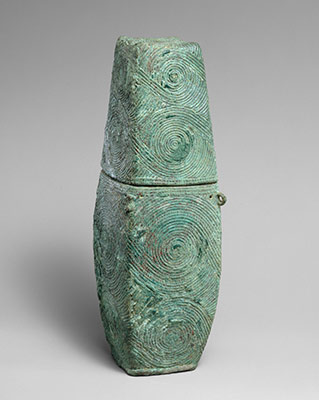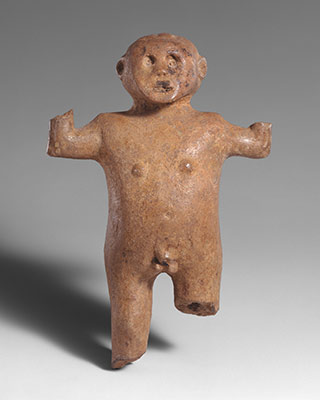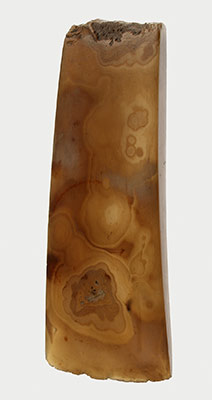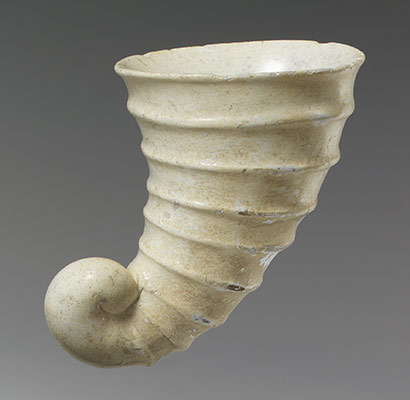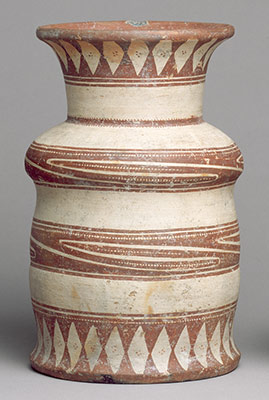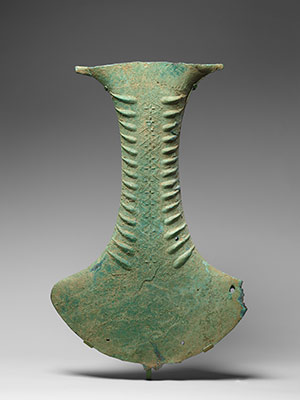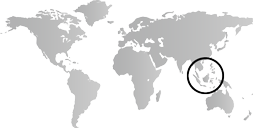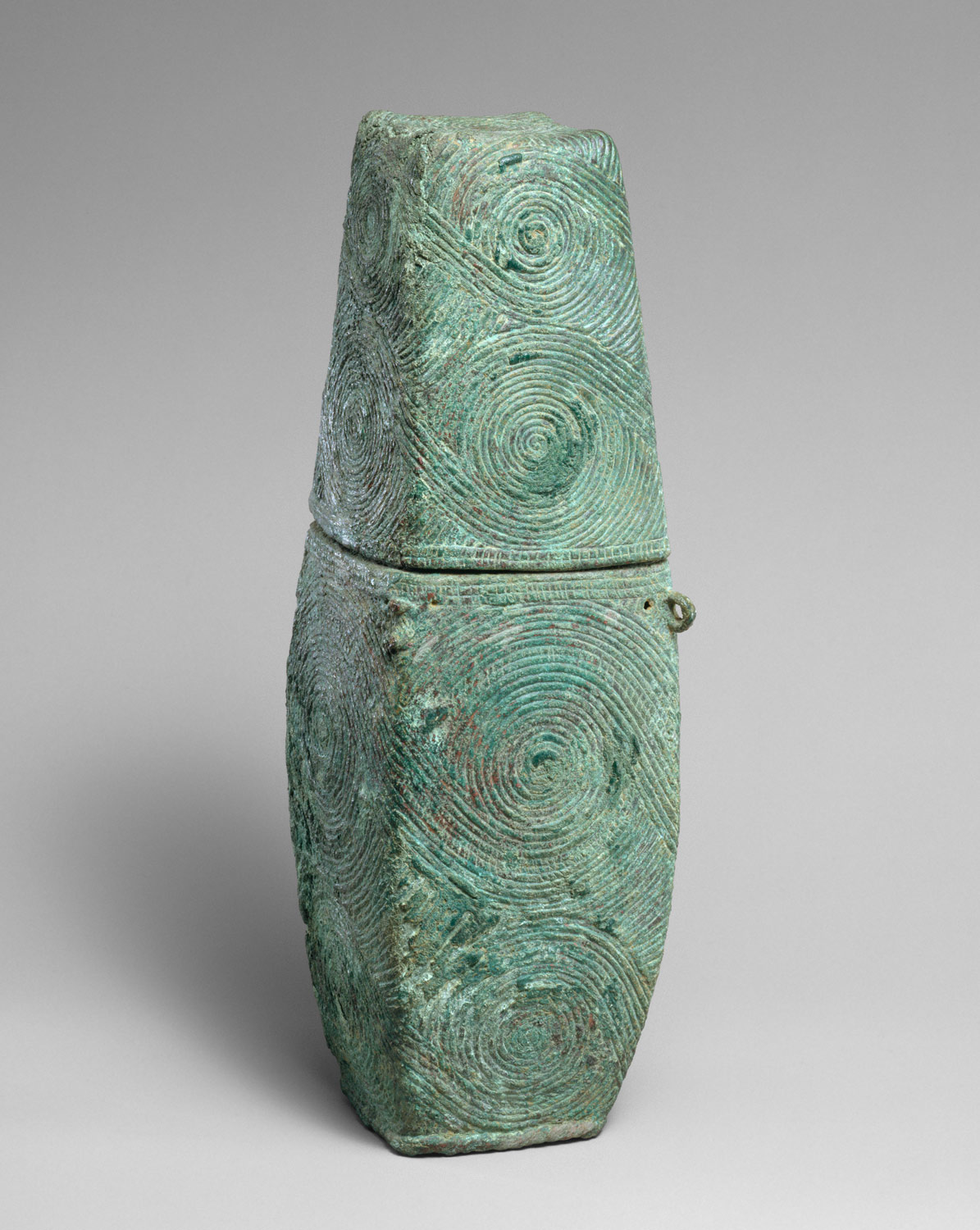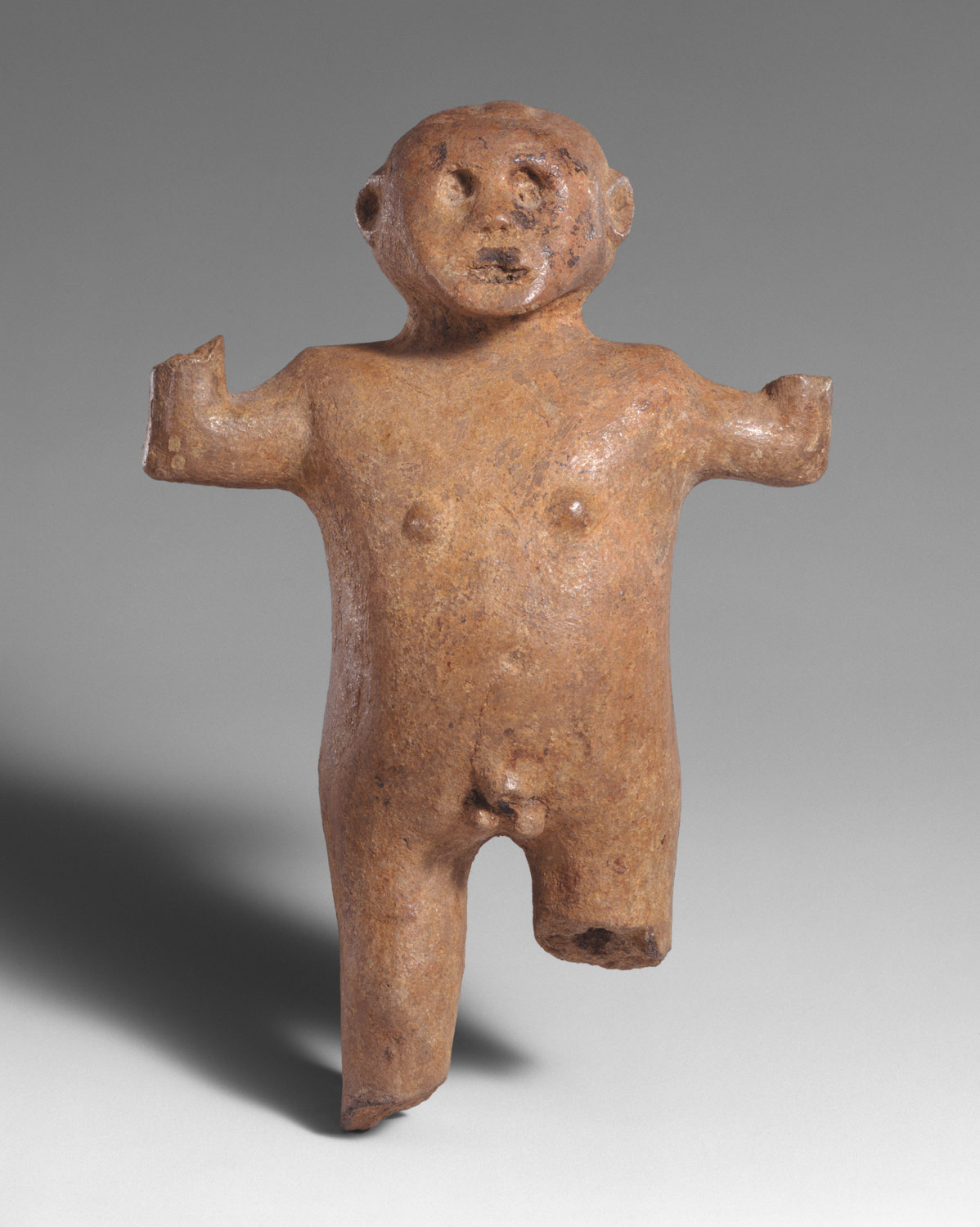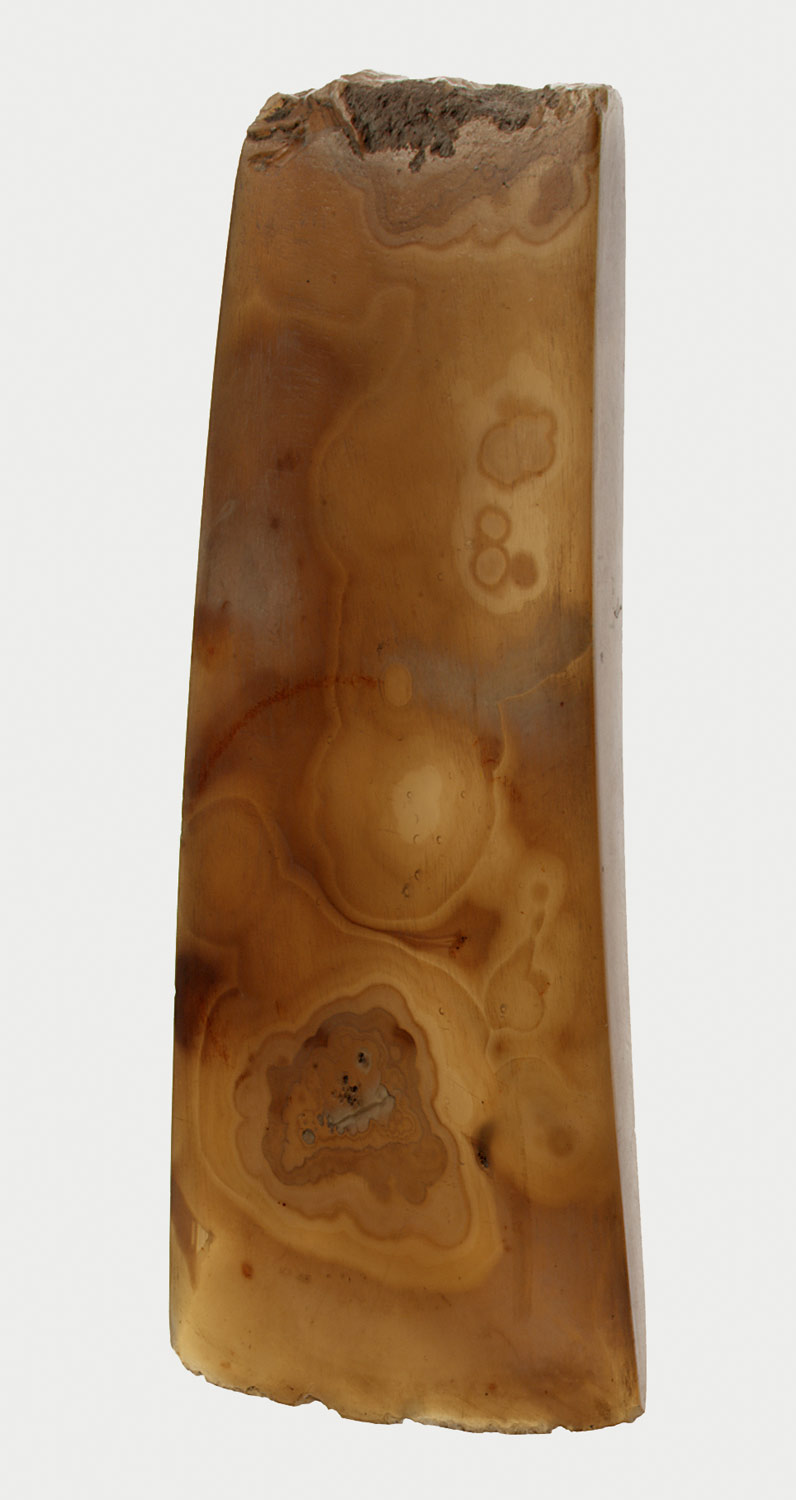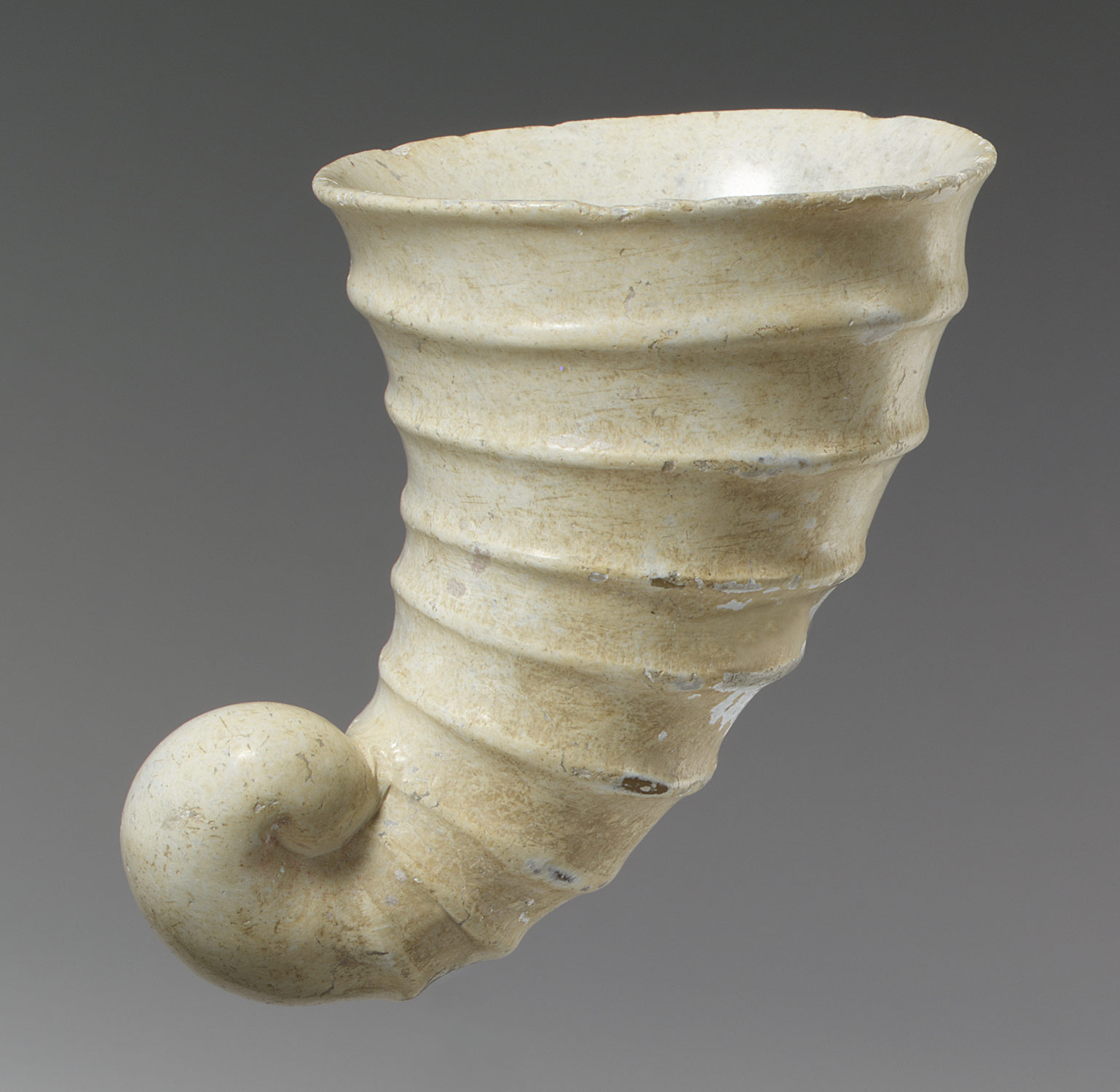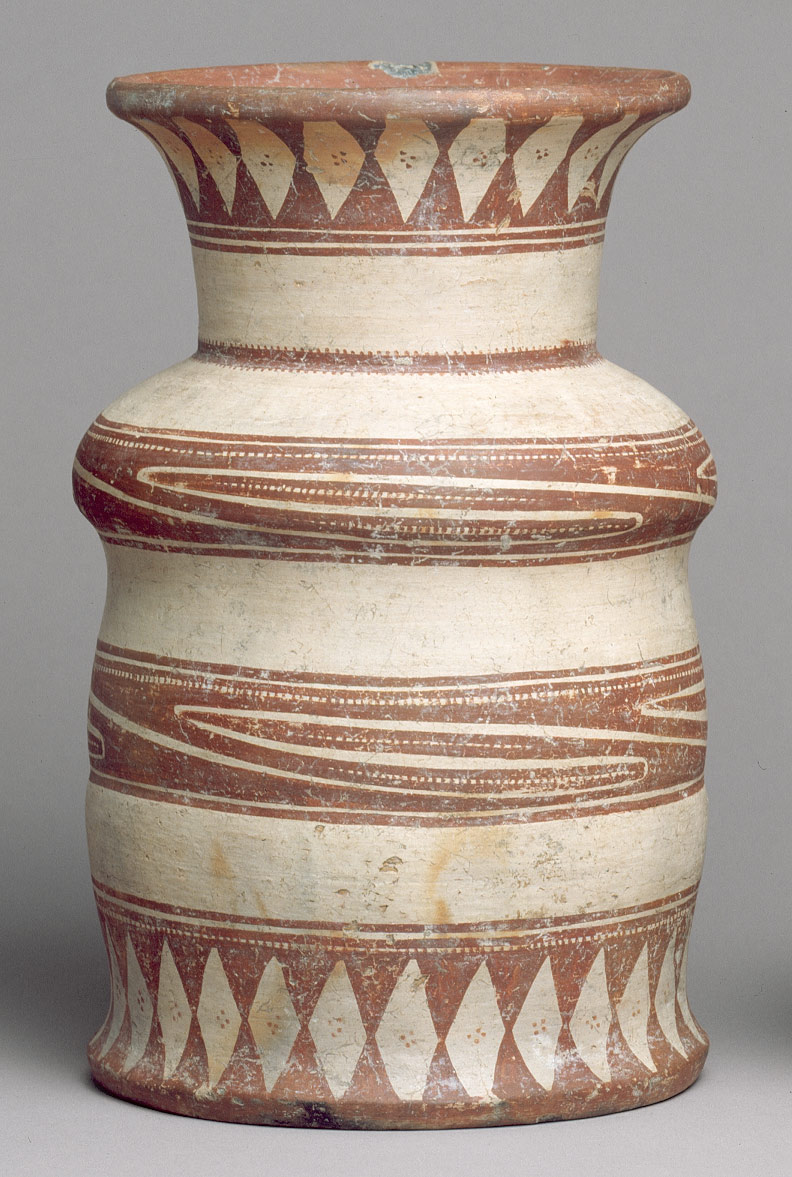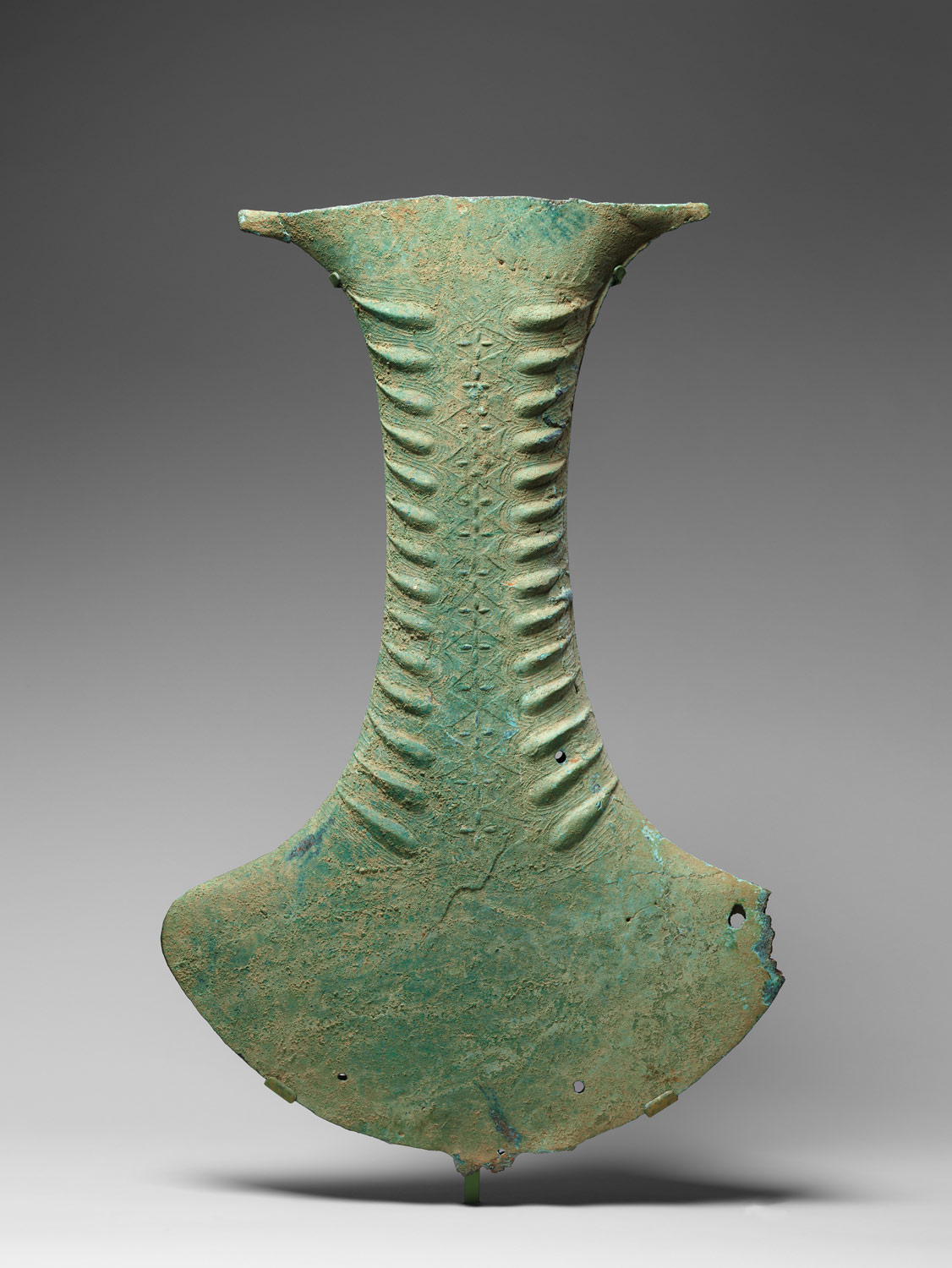Villages evolve into settled cultures and, by the middle of this period, stratified societies with centralized rule have developed on mainland Southeast Asia. The large drums produced by the Dongson culture in northern Vietnam are among the most distinctive artifacts of the period. Traders and religious missionaries come from India, and evidence of an early form of writing based on Sanskrit has been identified in Cambodia. Cultural links between southern Vietnam and island Southeast Asia continue to grow with the settlement of Austronesian speakers from Borneo. Around 111 B.C., Chinese conquerors first under the leadership of Emperor Wu and then General Ma Yuan gain control of Vietnam.
Southeast Asia, 1000 B.C.–1 A.D.
Timeline
1000 B.C.
750 B.C.
750 B.C.
500 B.C.
500 B.C.
250 B.C.
250 B.C.
1 A.D.
Overview
Key Events
-
ca. 2000–500 B.C.
The Ban Kao culture, named after a site in Kanchanaburi Province, flourishes on the long peninsula of southern Thailand and Malaysia. Grave goods from Ban Kao sites include untanged stone adzes, bone implements, shell beads and bracelets, and well-made cord-marked pottery, often with high pedestal or tripod supports.
-
ca. 1500–500 B.C.
Bronze technology spreads among numerous small, autonomous lowland communities. It is thought that ores were mined in the hills and traded in the form of ingots to the lowlands, where implements and adornments were cast.
-
ca. 1000 B.C.
Bronze and iron appear in island Southeast Asia. Pottery style changes from the earlier plain or red-slipped wares to pieces decorated with geometric or curvilinear incisions.
-
ca. 500 B.C.
Highly stratified societies evolve, some with moated central palaces, and all characterized by the use of iron for warfare and agricultural productivity and the choice of bronze for regalia and adornment. The widespread distribution of bronze goods suggests that vessels and ornaments of the metal were exchanged between regional elites for the purposes of alliance and intermarriage.
-
ca. 500 B.C.–300 A.D.
The Dongson culture, named after a site on the coast south of present-day Hanoi, flourishes in northern Vietnam. Large drums with tympanum and sides decorated in low-relief figures and geometric designs are the most distinctive implements produced by the culture, which is also noted for its bronze vessels and ceremonial weapons. Examples of the drums, imported and made locally, have been found in South China and throughout mainland and island Southeast Asia. The earliest pieces, often termed Heger I after an early art-historical classification, have less stylized and more varied imagery than drums made later. Pejeng-type drums, distinguished by their elongated bodies and overlapping tympanums, are produced only in Indonesia.
-
ca. 500 B.C.–100 A.D.
Austronesian speakers from Borneo settle in southern Vietnam. The pottery styles and jar burials of the Sa Huynh culture show continuing ties to Borneo and the Philippines. Comparable practices are also illustrated by the burial pottery found on the “Plain of Jars” and related sites in Laos. Carnelian, agate, olivine, and zircon jewelry are found in the jar burials, as are blue and red glass beads, attesting to the importance of trade for these regions. The use of a distinctive type of double-headed earring, often termed ling-ling-o, also illustrates continuing links between southern Vietnam and island Southeast Asia.
-
ca. 300 B.C.
An early form of writing, based on the Sanskrit alphabet, is used in Cambodia, reflecting the impact of traders from India.
-
ca. 300 B.C.–1 A.D.
Buff pottery, often large and painted with beautiful red spiral and curvilinear decorations and occasionally images of humans, animals, and insects, is produced in the latter phases at the site of Ban Chiang on the Khorat Plateau in Thailand. This extensive site may have been inhabited as early as 3000 B.C., and earlier wares from Ban Chiang and related sites are cord-marked with footed bases. Spears with iron blades and bronze hafts, similar to those found in Vietnam, have also been found in Thailand.
-
ca. 250 B.C.
The Indian emperor Ashoka (r. ca. 273–232 B.C.) sends a religious mission to Suvarnabhumi (Golden Land), as told in Buddhist sources. The ancient monastic settlement of Kelasa situated near Thaton in Burma is sometimes identified as Suvarnabhumi, also mentioned in Sri Lanka sources from the second century B.C.
-
ca. 111 B.C.
The Chinese emperor Wu (r. 141–87 B.C.) conquers the southern kingdom of Nanyue, which includes present-day Guangzhou Province and parts of northern Vietnam.
Citation
“Southeast Asia, 1000 B.C.–1 A.D.” In Heilbrunn Timeline of Art History. New York: The Metropolitan Museum of Art, 2000–. http://www.metmuseum.org/toah/ht/?period=04®ion=sse (October 2000)
